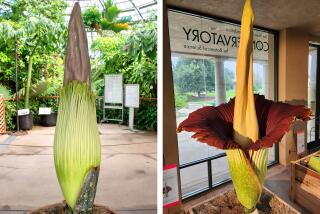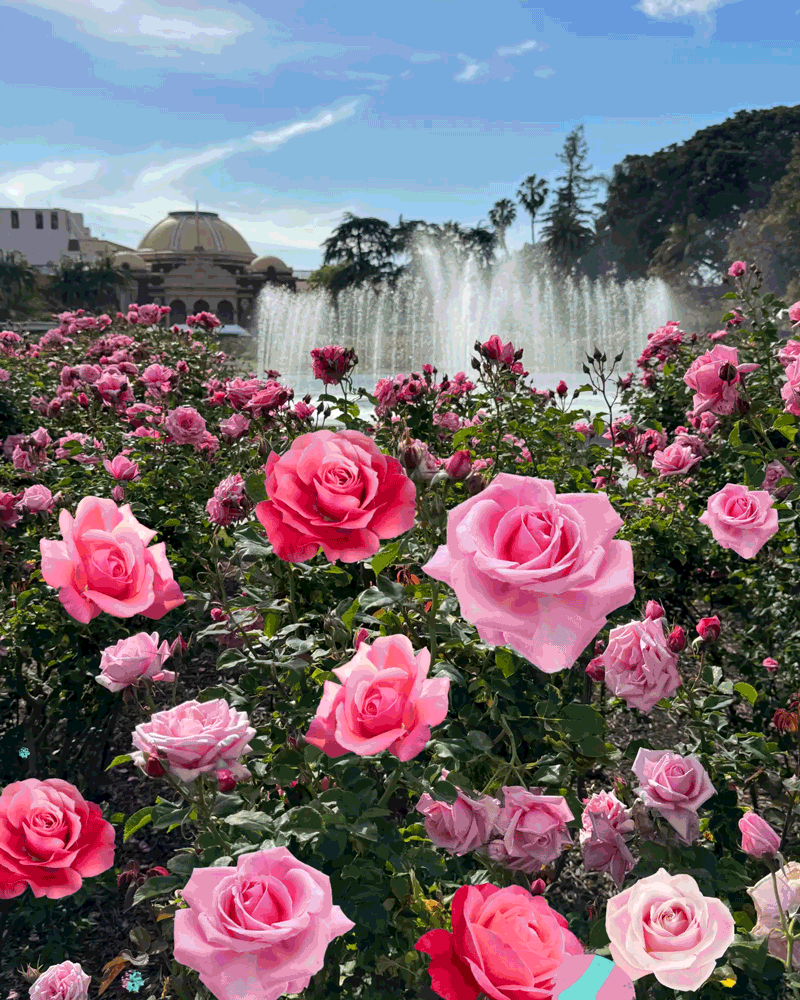Plant, prune, repot
SPRING IS definitely in the air. When it is still and warm, you can smell the citrus blossoms and the flowers on other fruit trees, or winter-blooming jasmine and its pretenders such as the night-blooming jessamine (cestrum).
Bulbs are up and blooming as are beds of pansies, Iceland poppies and other cool season annual flowers. And, with any luck, we’ll get some showers on these spring flowers because February was disappointingly short on rainfall.
Flowers, vegetables
March is a great planting month, with things beginning to grow soon after they hit the ground. Perennials in particular do extremely well planted in the warming days and will be in full bloom in late spring or in summer or fall, depending on their flowering season. For instance, coral bells bloom mostly in spring, coreopsis in summer, while asters wait until fall.If you want instant color, there are spring-blooming bedding plants at nurseries in full flower, though they will not be in bloom for more than a few weeks because the seasons are about to change.
Late in the month, you can begin planting warm-weather annuals and bedding plants such as marigolds, coleus, lobelia and verbena.
Many vegetables grow quickly this month, especially lettuces and root crops. Try planting beans, beet, carrot, chayote, corn, endive, kale, leaf lettuce (and European salad greens such as arugula and the savory mixes called mesclun), New Zealand spinach, potato, radish, sunflower, Swiss chard and the early varieties of tomato, such as ‘Early Girl.’ Wait until April or May to plant other varieties of tomatoes and peppers.
Shrub season
Camellias and azaleas are now in full flower and it’s the perfect time to buy and plant (since the flowers’ exact color can be seen). Amend the soil with organic matter, and plant so the top of the root ball is an inch above the surrounding ground. If the crown gets buried, the plant will eventually die.Many other shrubs are blooming too or soon will. They can also be planted, although fall is the preferred time for drought-resistant types. To turn the summer-blooming hydrangea blue, sprinkle aluminum sulfate (sold at nurseries) around plants now to acidify soil. Not all hydrangeas turn blue — some are naturally pink or white.
Fuchsias should be pruned at this time. Trim branches of hanging varieties back to the sides of the containers. With upright kinds, prune a little less growth than grew the previous year.
Repot aquatics
Hardy kinds of water lilies (usually the pink and yellow types) need to be repotted every year at this time because their spreading tubers will grow out of their containers. Lift plants, shorten the tubers and replant in regular clay soil. Tropical (often lavender) varieties need repotting less often. Most other aquatics also need dividing and repotting because they grow so fast. Don’t let them get away from you.Pest alert
Slugs and snails are on the prowl as the weather warms and moist soils make travel easy. Don’t wait a day to put down bait or deterrents around new plantings. If you have those pesky liquidambar seed balls, they make a good surrounding barrier.Four-inch-wide copper strips also stop these slimy pests and there are nonpoisonous baits that are safe around dogs and other animal life.
Watch for rose slugs (actually sawfly larvae), which pepper rose leaves with tiny holes. Caught early in the year, they are easily controlled with a spray of light horticultural oil (nonpoisonous) applied about every two weeks.
More to Read
Sign up for The Wild
We’ll help you find the best places to hike, bike and run, as well as the perfect silent spots for meditation and yoga.
You may occasionally receive promotional content from the Los Angeles Times.










